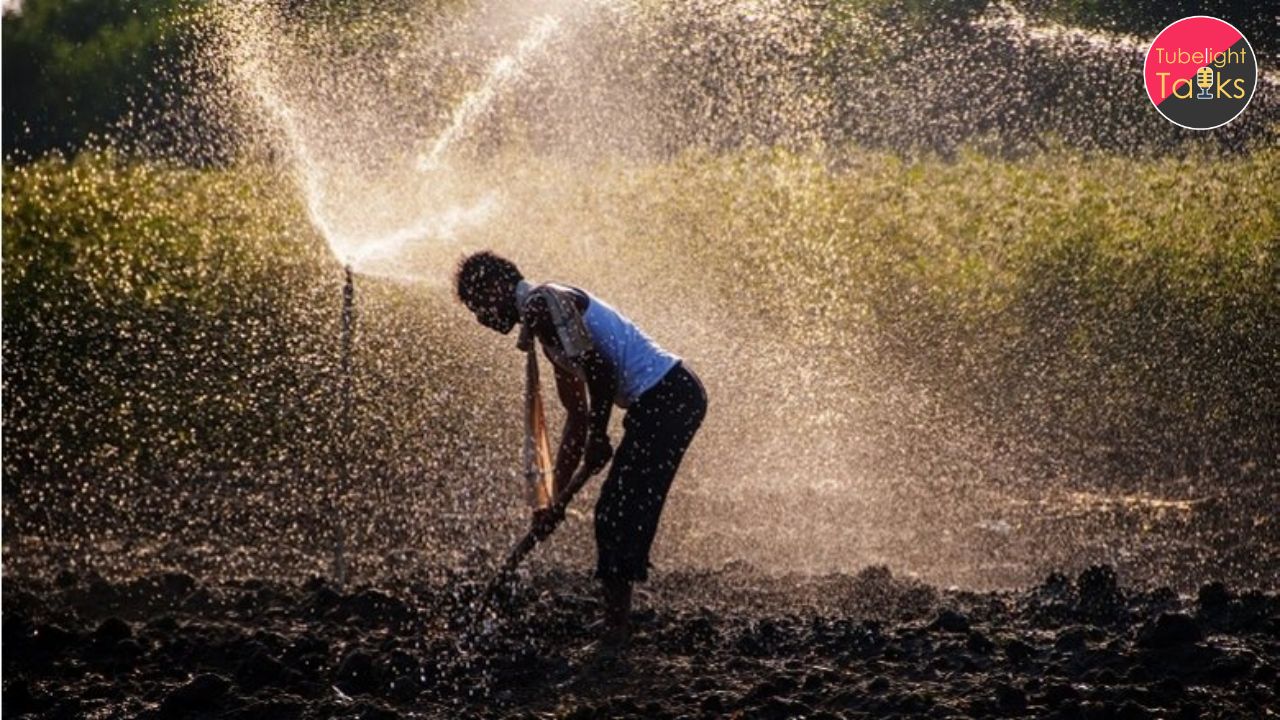Water is necessary for the existence of life on Earth. Yet water availability is declining at an alarming rate. Global water storage includes surface water bodies, groundwater reservoirs, glaciers, and soil moisture. This storage is diminishing due to climate change, over-extraction, and environmental degradation. This decline poses severe threats to agriculture, ecosystems, human livelihoods, and overall global stability. Understanding the recent findings of studies, their causes, implications for agriculture, and potential solutions to this crisis is imperative for sustainable water management.
Causes of Declining Global Water Storage
1. Climate Change:
Rising global temperature is responsible for increased evaporation of water and the drying of lakes and rivers. Melting glaciers act as a short-term source of freshwater but lead to long-term depletion of water reserves.
2. Over-Extraction of Groundwater:
Unsustainable groundwater extraction for agriculture, industry, and domestic purposes has led to a significant decrease in underground water reserves.
3. Deforestation:
Destruction of forests results in disruption of the natural water cycle. Trees enhance the ecosystem’s capacity to retain and regulate water.
4. Pollution and Water Contamination:
Pollution by industrial and agricultural waste makes water unsuitable for consumption and reduces usable water storage.
5. Infrastructure Development:
Construction of dams for hydroelectric purposes and irrigation has led to a decline in water storage in some regions.
Consequences or Effects of Decline in Global Water Storage
1. Water Scarcity and Food Insecurity:
The decline in water storage affects agricultural production, leading to food shortages, high prices, and malnutrition, particularly in water-scarcity-affected areas.
2. Loss of Biodiversity:
Aquatic ecosystems depend on water. Decline in water levels threatens the life of freshwater species and disrupts ecological balance.
3. Migration and Increased Conflict:
Water shortages intensify competition for resources, particularly in arid regions. Communities facing severe water scarcity may be forced to migrate, leading to socio-economic instability.
4. Economic Loss:
Agricultural, hydropower, and manufacturing industries are dependent on water. Due to reduced availability, these industries suffer financial losses, affecting economic growth and employment in those areas.
5. Crop Production Impacts:
Insufficient water supply leads to poor crop growth, immature dropping of fruits and leaves, and overall reduction in agricultural production.
Solutions to Mitigate Decline in Water Storage
1. Sustainable Water Management:
Implementing efficient water use practices such as precision irrigation, rainwater harvesting, and water recycling can reduce wastage and improve conservation.
2. Reforestation and Wetland Restoration:
Protecting and restoring forests and wetlands can enhance groundwater recharge and improve water retention.
3. Climate Change Mitigation:
We can mitigate the impacts of global warming by adopting climate adaptation strategies.
4. Policy Implementation:
Governments should enforce policies that encourage sustainable water management, such as controlling pollution and regulating groundwater extraction.
5. Innovative Technologies:
Planting water-efficient crops and using smart water management systems can enhance water storage management.
Key Findings of Studies on Water Storage
Positive Indicators:
• 81% of groundwater samples are suitable for irrigation.
• 100% of groundwater samples in Northeastern states were rated as excellent for agriculture.
Contamination Concerns:
• Some regions show contamination by nitrates, fluoride, and arsenic, posing health risks.
Seasonal Trends:
• Post-monsoon recharge improves the quality of groundwater in many regions.
Agricultural Suitability:
• Favorable levels of Sodium Adsorption Ratio (SAR) and Residual Sodium Carbonate (RSC) enhance irrigation potential.
• However, high sodium content could lead to soil degradation.
Government Initiatives to Address Water Decline
1. Atal Bhujal Yojana (ABY):
Focuses on water-stressed Gram Panchayats in 80 districts across seven states. Emphasizes community-led water management, including:
• Water budgeting
• Rainwater harvesting
• Water-efficient cropping patterns
2. Rainwater Harvesting:
Promoted through various state-level programs and urban regulations. Example: Rooftop harvesting in Tamil Nadu.
3. Jal Shakti Abhiyan – Catch the Rain:
Encourages rainwater harvesting and water conservation in both rural and urban districts.
4. Participatory Groundwater Management (PGWM):
Encourages local governance and collaboration between communities and NGOs to monitor and conserve groundwater.
The Role of Satgyan by Sant Rampal Ji Maharaj in Increasing Water Storage
According to Bhagavad Gita Adhyay 4, Shlok 13:
“Living beings arise from food grain, food grain arises from rain, rain arises from Yagya, and Yagya originates from prescribed actions.”
Sant Rampal Ji Maharaj is the only true Saint today who is giving the correct way of worship according to holy scriptures like the Bhagavad Gita. Through His spiritual teachings based on Satgyan (true knowledge), He reveals the hidden truths of religious scriptures and guides people toward the right way of worship through Jyoti Havan Yagyas. These spiritual actions bring positive environmental changes, including increased rainfall and improved ecological balance.
Conclusion
The decline in global water storage is a pressing environmental and socio-economic issue that requires urgent attention. A combination of sustainable practices, policy interventions, and technological advancements is necessary to safeguard water resources for future generations. By taking proactive measures now, humanity can ensure the availability of clean and sufficient water to support life and development on Earth.
FAQs About Decline in Global Water Storage
1. How much water is used for agriculture in India?
Ans: 83% of water is used for agriculture in India.
2. How does the decline in water storage affect agriculture?
Ans: It harms agricultural productivity, limits food availability, increases regional food insecurity, and leads to malnutrition.
3. What is a major risk associated with groundwater use?
Ans: Groundwater depletion and long-term water level decline.
4. What is the reason for high usage of groundwater in agriculture?
Ans: To facilitate higher food grain production for a large and growing population.
5. Why do we need soil water in agriculture?
Ans: Soil water is essential for plants and soil organisms, as both require water to survive.










